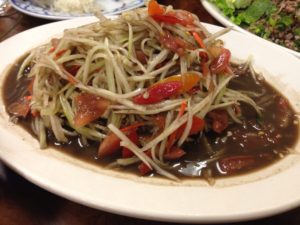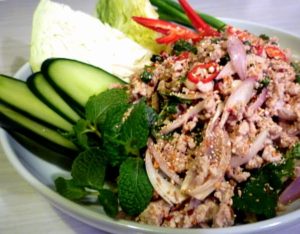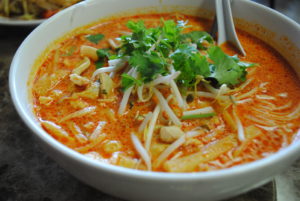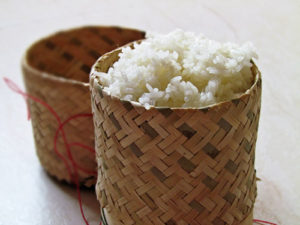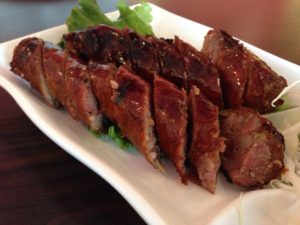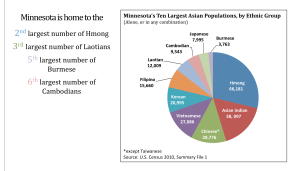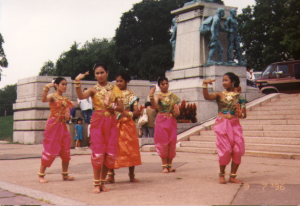Laotian cuisine is a combination of fresh herbs, mixed spices, and strong flavors. It has influences from all kinds of Asian cultures, but the main influences are from the surrounding Southeast countries such as Thailand, Vietnam, and more. Laotian cuisine is focused on using fresh ingredients and using them in many different ways (such as making a lemon grass broth to a coconut based curry). Listed down below are some highlights from the Laotian cuisine that you should try out!
Papaya salad (Lao style)
A papaya salad is made from the fruit papaya where its combined with a blend of spicy, salty, and semi-sweet flavors. There are two different version of the papaya salad, Lao and Thai style. It can vary in texture and some ingredients. But the distinctive flavor of the Lao style is the padek (fermented fish/brown sauce) which isn’t commonly found in the Thai style. The common recipe includes shredded (unripe) papaya, Thai chilies, fish sauce, lime, red cherry tomatoes, and garlic. Recipe is linked here!
Larb
This dish contains herbs and spices that can be mixed with a variety of meat (usually beef or chicken is used). People usually eat this with sticky rice, lettuce, or cabbage. It can make up for a good snack or an entire meal. It’s distinct freshness comes from the basil and mint. It is also mixed with peppers, green onions, cilantros, garlic, lime juice, and more. Check out the recipe here!
Khao Pun
http://www.therestoflhistoire.com/
A noodle dish with a coconut based curry (usually combined with a chicken broth) and is made with vermicelli noodles. There are many variations to this dish as one can customize theingredients to their preferences. A highlight are the fresh ingredients such as banana flower, bean sprouts, basil, green onions, bamboo shoots, and cilantros. The flavors are customized by using fish sauce, salt, and the broth itself. Check out the recipe here!
Sticky Rice
The texture of sticky rice is different from other rice because it has a different texture and it sticks together much more compare to other rices. It can be eaten as it is with other dishes or as a desert by serving it with mango and coconut cream. Recipe!
Lao Sausage
Known for its red color and spicy flavors, the Lao sausage is different from other sausages. You would have to taste it for yourself because it has a unique taste. It can be fried, steamed, and grilled. It is made with minced pork, shallots, peppers, garlic, lemongrass, and more! Check out the full recipe here!

